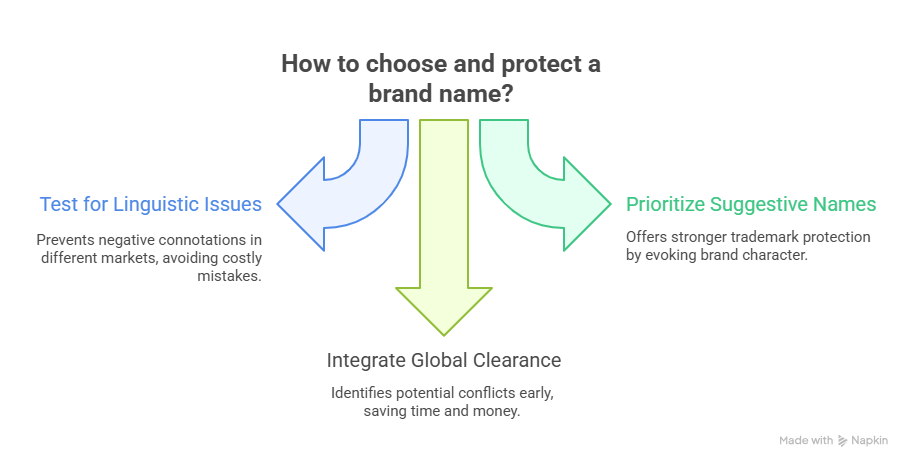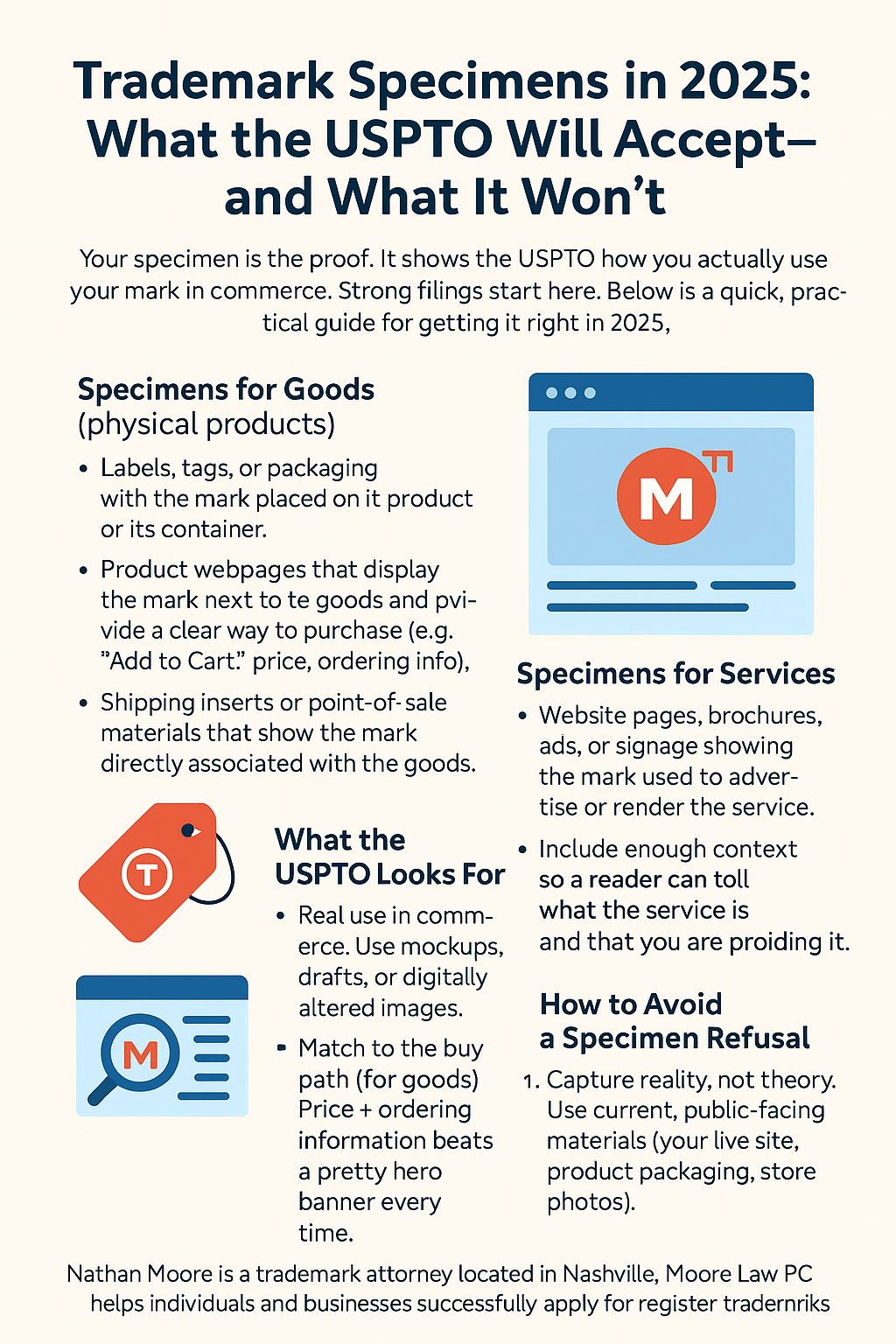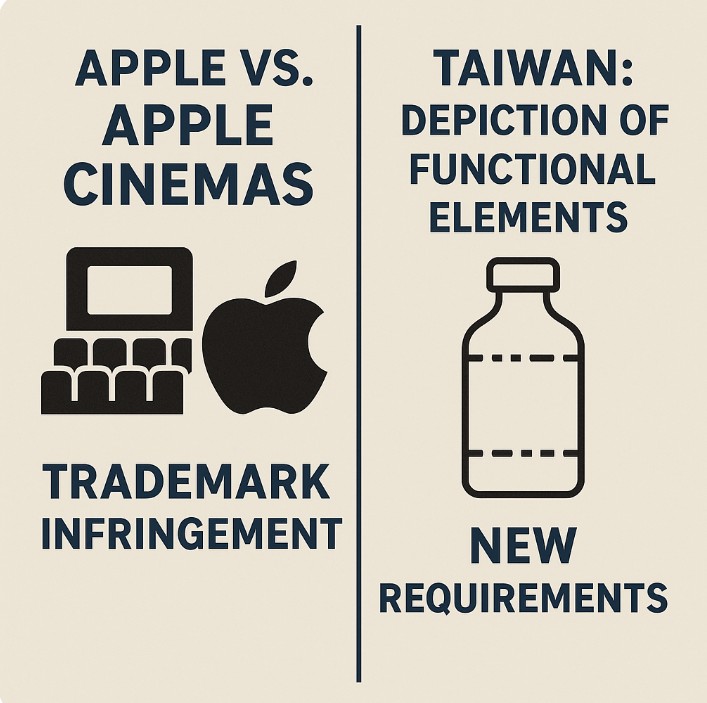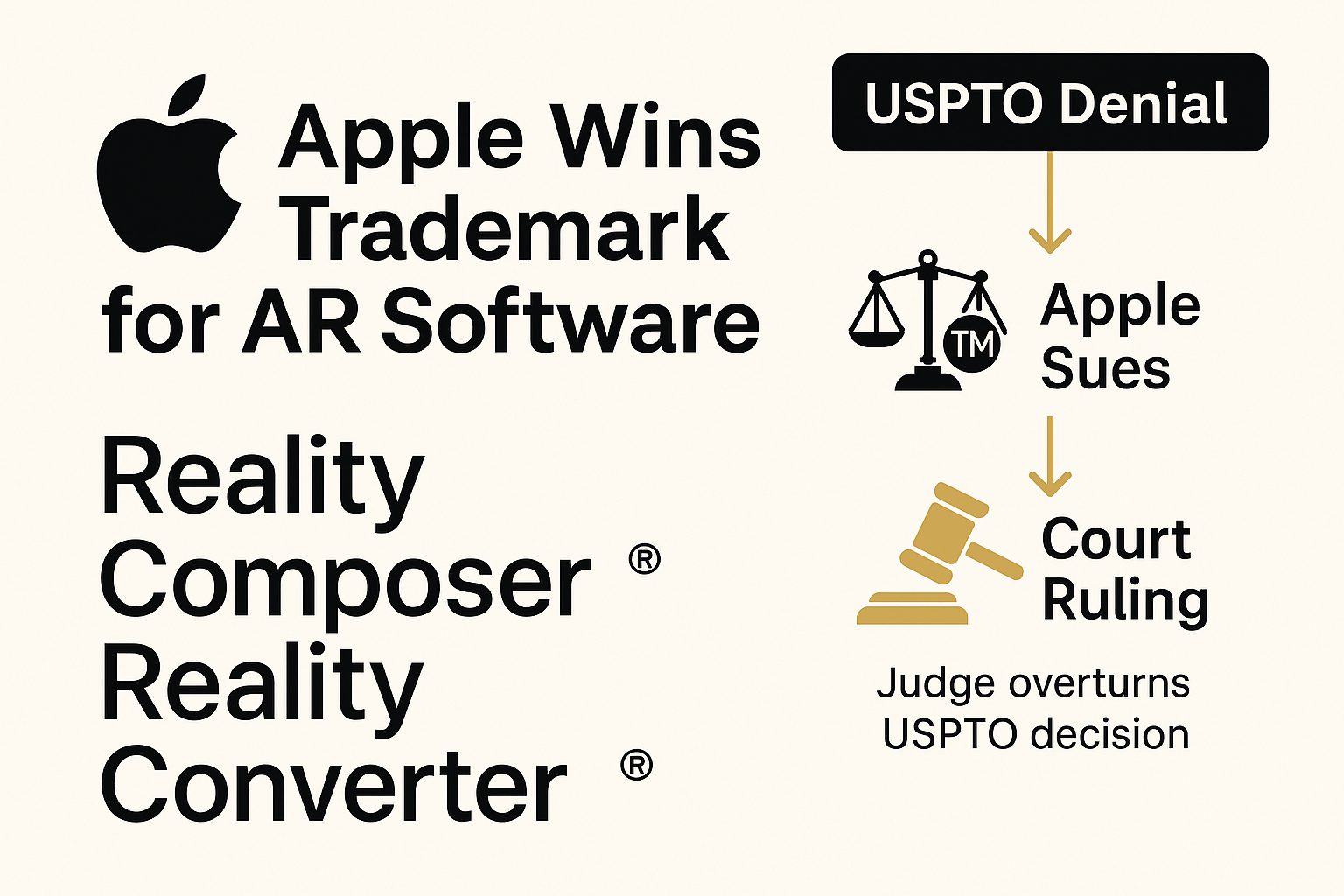Your cart is currently empty!
Category: Trademarks and Copyrights
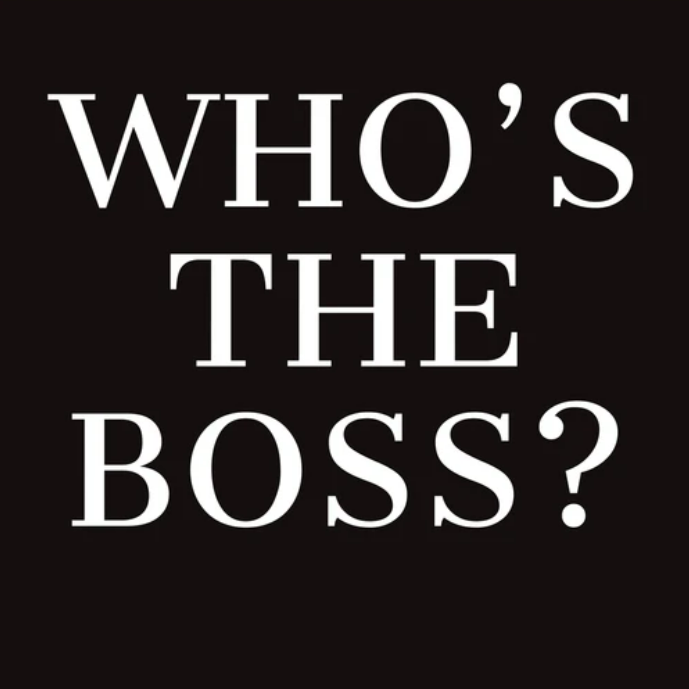
Hugo Boss vs. Boss Pets: A Trademark Crisis for the Littlest “Boss”
When a global fashion giant meets local pet brand, trademark drama unfolds. Hugo Boss has ordered Liverpool-based Boss Pets to take down its website, claiming trademark infringement. Here’s what every business should learn from this clash over the word “Boss.” What’s Behind the Lawsuit? Hugo Boss has alleged that Boss Pets’ use of “Boss” infringes…

Ford’s Latest Trademark Moves: What “Fathom,” “Fuze,” “Hive,” and “Mythic” Mean for Your Brand Strategy
Ford is on the move. In August 2025, the automaker filed trademark applications for four new names—”Fathom,” “Fuze,” “Hive,” and “Mythic.” It’s a reminder that even established brands need naming strategies that reflect innovation and legal strength. What’s Happening Ford filed for “Fathom,” “Fuze,” “Hive,” and “Mythic” in several key markets, including the U.S., UK,…

Trademark Pitfalls to Avoid: Don’t Let Simple Errors Trip You Up
Even small mistakes in your trademark application can derail it entirely. Simplicity may feel safe, but simple errors—like misidentifying your goods, skipping clearance searches, or misusing symbols—can cost you both time and money. Common Trademark Filing Mistakes and Their Solutions Wrong owner information – Listing the wrong entity or individual can be fatal. Double-check precise…

Trademark Specimens in 2025: What the USPTO Will Accept—and What It Won’t
Your specimen is the proof. It shows the USPTO how you actually use your mark in commerce. Strong filings start here. Below is a quick, practical guide for getting it right in 2025. Specimens for Goods (physical products) Labels, tags, or packaging with the mark placed on the product or its container. Product webpages that…

When IP Law Meets Pop Culture: The Labubu Craze Taking Over 2025
If you’ve scrolled Instagram, TikTok, or even the front row of Fashion Week lately, you’ve probably seen it—A pointy-eared, wide-grinned little creature dangling from a luxury handbag. Meet Labubu—the summer’s hottest collectible from Pop Mart, and now a case study in how intellectual property can fuel (and protect) a global trend. 🚀 From Indie Art…

Trademark in the Headlines: Apple vs. Apple Cinemas & Taiwan’s Non-Traditional Mark Update
Trademark law is in motion. This week brings a pair of headlines with big implications: Apple’s lawsuit against a theater chain, and Taiwan’s revamped rules for how functional elements must appear in trademarks. Here’s what every brand owner should know. 1. Apple Sues Apple Cinemas for Trademark Infringement Apple has filed suit against “Apple Cinemas,”…

Apple Wins Court Ruling—‘Reality Composer’ & ‘Reality Converter’ Trademarked
In a major win for Apple, a federal judge has ordered the USPTO to grant federal trademarks for its augmented reality development tools—“Reality Composer” and “Reality Converter.” The decision may reshape how tech companies establish brand distinctiveness in emerging software categories. 🧑⚖️ The Legal Backdrop Apple initially applied to register the marks in 2023. The…

How Do I License Intellectual Property to Others?
Licensing intellectual property (IP) can be a powerful way to generate revenue, expand brand reach, or collaborate with other businesses. Whether it’s a patent, trademark, or copyrighted material, licensing allows you to retain ownership of your IP while granting others permission to use it under specific conditions. By understanding the different types of licenses and…
How Do I Respond to a Cease and Desist Letter?
Receiving a cease and desist letter can be intimidating and stressful, especially if you’ve never dealt with legal matters before. Whether it’s about copyright infringement, trademark disputes, defamation, or another legal issue, it’s important to handle the situation carefully to protect yourself and your business. In this blog post, we’ll break down what a cease…

Registering a Trademark: A California Trademark Attorney Guide
As a business owner, your brand is one of your most important assets. Your business name, logo, and overall identity set you apart from the competition. They help customers recognize and trust your products or services. But how do you protect your brand from unauthorized use? One of the best ways is to register a…

